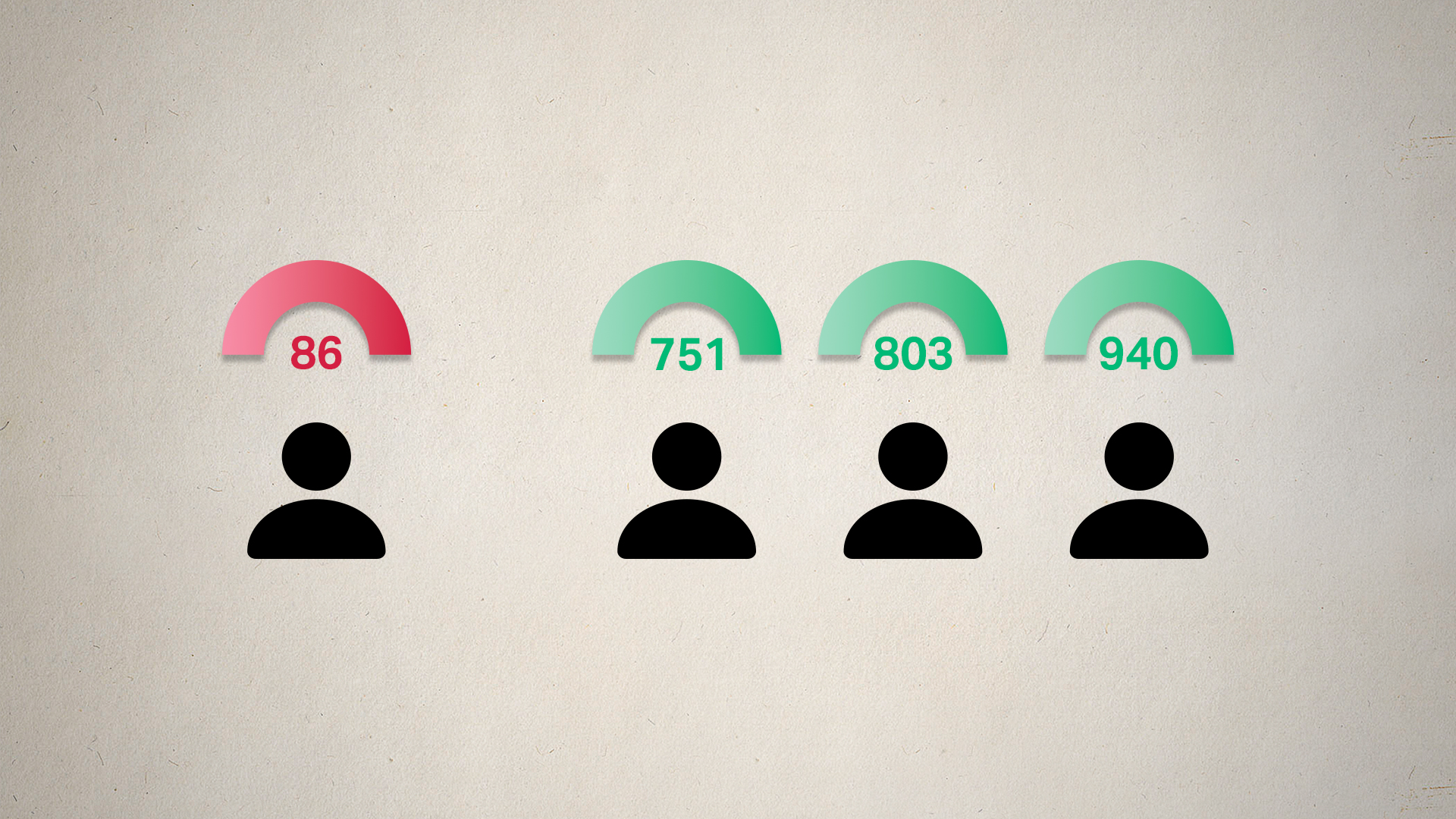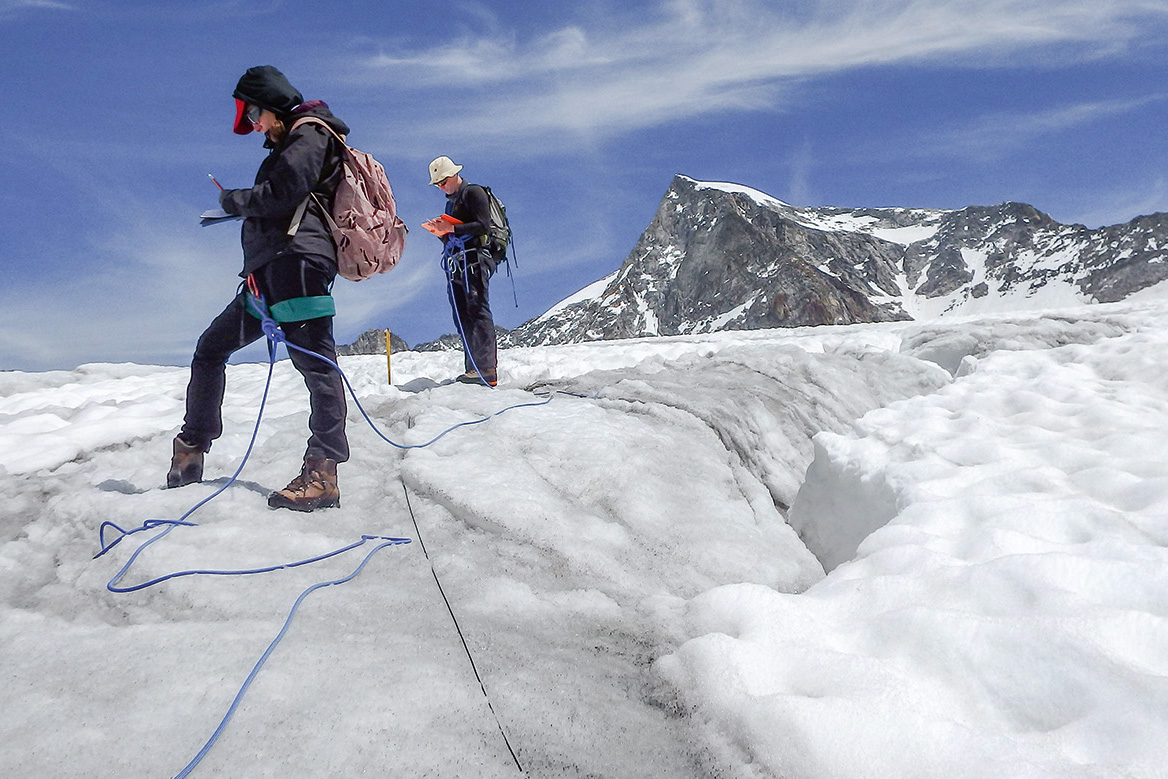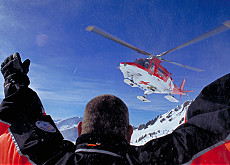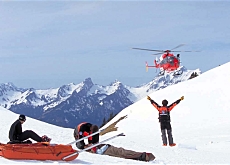
Swiss call for safer ski slopes

Efforts have been stepped up to prevent ski accidents in Switzerland as visitors from abroad swell the ranks of holidaymakers hitting the slopes.
A survey reveals that the Swiss want greater safety in the mountains, with public support for schemes such as police patrolling the slopes and the compulsory wearing of ski helmets.
Early snow, good weather and the timing of this year’s holiday period mean that the ski season has had an excellent start with reports of record numbers of visitors.
But there has been a downside. During November and December, the Swiss air rescue service, Rega, flew 350 missions in the mountains, two to three times more than in previous years.
According to the Swiss Council for Accident Prevention, around 115,000 people are injured every year on the Swiss slopes.
“This figure has been stable over the past four or five years, but the injuries encountered nowadays are worse,” Walter Stünzi, Rega’s head of communication, told swissinfo.
“With new carving skis people are skiing much faster, and today’s injuries are more like road accident injuries due to these higher speeds; we now have more head, shoulder and spinal injuries.”
As a preventive measure to tackle excessive speed, the national accident insurer, Suva, recently launched a prevention campaign using speed cameras at selected ski resorts.
Individual responsibility
The public is also concerned about dangers on the slopes. In a recent survey published by the SonntagsBlick newspaper, 51 per cent of Swiss polled said they were scared of speeding skiers and 45 per cent said skiers and snowboarders had become less respectful and therefore more dangerous.
But Monique Walter, in charge of winter sports at the Swiss Council for Accident Prevention, cast doubt on these perceptions.
“The problem is not really speeding skiers crashing into others, but people skiing on their own, who are responsible for their own falls and injuries,” she said.
Walter said that only five per cent of ski accidents involved two or more skiers.
“I don’t think people’s skiing behaviour has changed that much, but few people know about International Ski Federation rules on the slopes such as the right of way,” she added.
Police patrol
However, the survey found that people were in favour of tighter security: 54 per cent said they would like to see police officers handing out punishments for reckless behaviour and speeding.
Walter said she was surprised by this high figure but thought that a police force was not the answer.
“Ski patrollers have the job of securing the slopes and preventing accidents; they have the right to take away someone’s ski pass if they endanger others,” she said.
“We don’t have the legal basis in Switzerland for a proper police force to hand out fines like in Italy. We all agree, though, that there needs to be more presence on the slopes, but the specially trained ski patrollers can do that.”
One preventive measure that appears to gain widespread public support is the compulsory wearing of ski helmets, with 74 per cent of people surveyed in favour.
This is good news for the Swiss Council for Accident Prevention, which launched its own campaign at the start of the season to convince people to wear helmets.
“You have to fall when learning to ski and snowboard, and protection – helmet and wrist guards – is an extremely effective preventive measure [against accidents],” said Walter.
“But the most effective way of reducing accidents is that people realise that they have to adapt their behaviour and speed according to their ability and the conditions, but that’s difficult to communicate.”
swissinfo, Simon Bradley
Numbers of injured people transported by Rega in 2006:
Winter sports accidents – 1,514
Traffic accidents -1,050
Work accidents – 908
Mountain accidents – 716
Sports accidents – 349
Plane accidents – 102
Avalanches – 60
Winter sports are risky, according to a new snow safety campaign by the Swiss Council for Accident Protection – Protect yourself – which reminds the public that there are on average 1,000 such accidents per day of the winter season in Switzerland.
The campaign encourages people to wear helmets when on the slopes, an accessory that reduces the risk of head injuries by 75 per cent.
Another part of the body that can be well protected is the wrist. Wrist protectors reduce the risk of injury by 80 per cent.
Knee injuries are most common in skiing accidents, and the campaign points out that well-fitted skis and boots significantly reduce the risk of knee and leg injury.

In compliance with the JTI standards
More: SWI swissinfo.ch certified by the Journalism Trust Initiative





































You can find an overview of ongoing debates with our journalists here . Please join us!
If you want to start a conversation about a topic raised in this article or want to report factual errors, email us at english@swissinfo.ch.